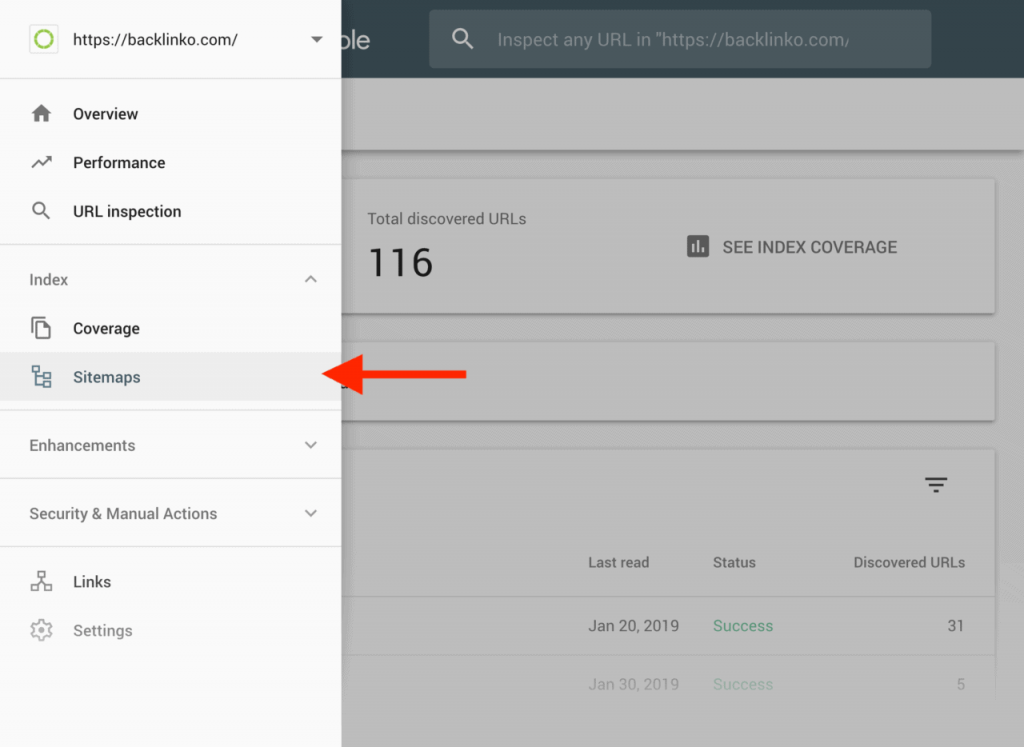
What Is a Sitemap?
A sitemap is a file that lists the pages of a website to help search engines and users navigate the site. It is essentially a blueprint or map of a website’s content that provides a hierarchical structure of all the pages, including their URLs, last update date, priority level, and other relevant information.
Sitemaps can be created in different formats, such as XML, HTML, or TXT, and they are usually submitted to search engines to help them crawl and index the site more efficiently. Sitemaps can also be used to communicate important information to search engines, such as which pages should be crawled more frequently or which ones should not be indexed.
In addition to helping search engines, sitemaps can also be useful for website owners and users. They can be used to identify broken links or missing pages, understand the structure and organization of the site, and locate specific content more easily.
Why are Sitemaps Important?
Sitemaps are important for several reasons:
Improved Crawling and Indexing:
Sitemaps help search engines crawl and index a website’s pages more effectively. By providing a clear and organized structure of the site’s content, search engine crawlers can easily locate and index all the important pages. This can improve a site’s visibility and ranking on search engine results pages (SERPs).
Better User Experience
Sitemaps can also benefit users by providing a clear and organized navigation structure. A sitemap can help users find the content they are looking for quickly and easily, without having to navigate through multiple pages.
Identification of Issues
Sitemaps can help website owners identify issues with their site, such as broken links, missing pages, or crawl errors. By regularly checking their sitemap, website owners can quickly identify any issues and take corrective action to improve the site’s performance.
Communication with Search Engines
Sitemaps can be used to communicate important information to search engines, such as which pages should be crawled more frequently or which ones should not be indexed.
Overall, sitemaps are an important tool for website owners to improve their site’s SEO and user experience. They provide a clear and organized structure of the site’s content, help search engines crawl and index pages more efficiently, and enable users to find the content they need quickly and easily.
Submit Your Sitemap To Google
Yes, to submit your sitemap to Google, you need to use Google Search Console (formerly known as Google Webmaster Tools). Here’s how to submit your sitemap using Google Search Console:
- Log in to your Google Search Console account.
- Click on your website property to open the dashboard

- Click on the “Sitemaps” option under the “Index” section in the left-hand menu.
- Click on the “Add/Test Sitemap” button in the top right corner of the page.
- Enter the URL of your sitemap in the field provided. The URL should be the location of your sitemap on your website, such as “https://example.com/sitemap.xml“.

- Click on the “Submit” button.
- Wait for Google to process your sitemap. Depending on the size of your website and the number of pages in your sitemap, it may take several hours or even days for Google to crawl and index all the pages in your sitemap


Use Your Sitemap to Find Problems With Indexing
As a website owner or SEO professional, you want to ensure that all of your website’s pages are being properly indexed by search engines. One way to identify issues with indexing is by using your sitemap.
By regularly checking your sitemap, you can quickly identify any missing or duplicate pages that may be impacting your website’s performance in search results. Here are some common issues to look for:
Missing Pages:
If a page is not included in your sitemap, it may not be getting indexed by search engines. This could be due to a technical issue, or it may indicate that the page is not deemed important enough to be included in the sitemap.
Duplicate Pages:
If you have multiple pages with identical content, search engines may have difficulty determining which page to index. This can result in lower rankings for all of the affected pages.
Incorrect Priorities:
Each page in your sitemap should have a priority level assigned to it, indicating its importance relative to other pages on your website. If a page has an incorrect priority level, search engines may not crawl or index it as frequently as they should.
Broken Links:
If your sitemap contains broken links, search engines may not be able to crawl or index certain pages on your website. This can impact your website’s overall ranking and visibility in search results.
By identifying these issues through your sitemap, you can take corrective action to improve your website’s indexing and performance in search results. For example, you may need to update your sitemap to include missing pages or remove duplicate content. You can also use your sitemap to communicate with search engines, such as by specifying which pages should be crawled more frequently or which ones should not be indexed.
In conclusion, your sitemap is an important tool for identifying issues with indexing on your website. By regularly checking your sitemap and taking corrective action as needed, you can improve your website’s performance in search results and provide a better user experience for your visitors.




